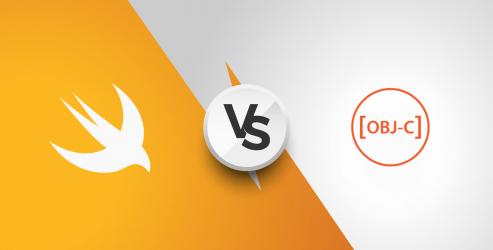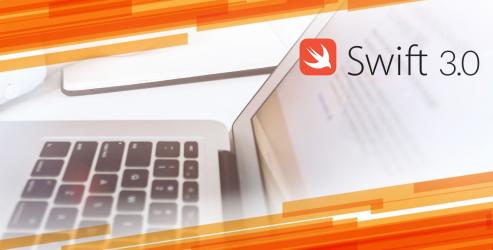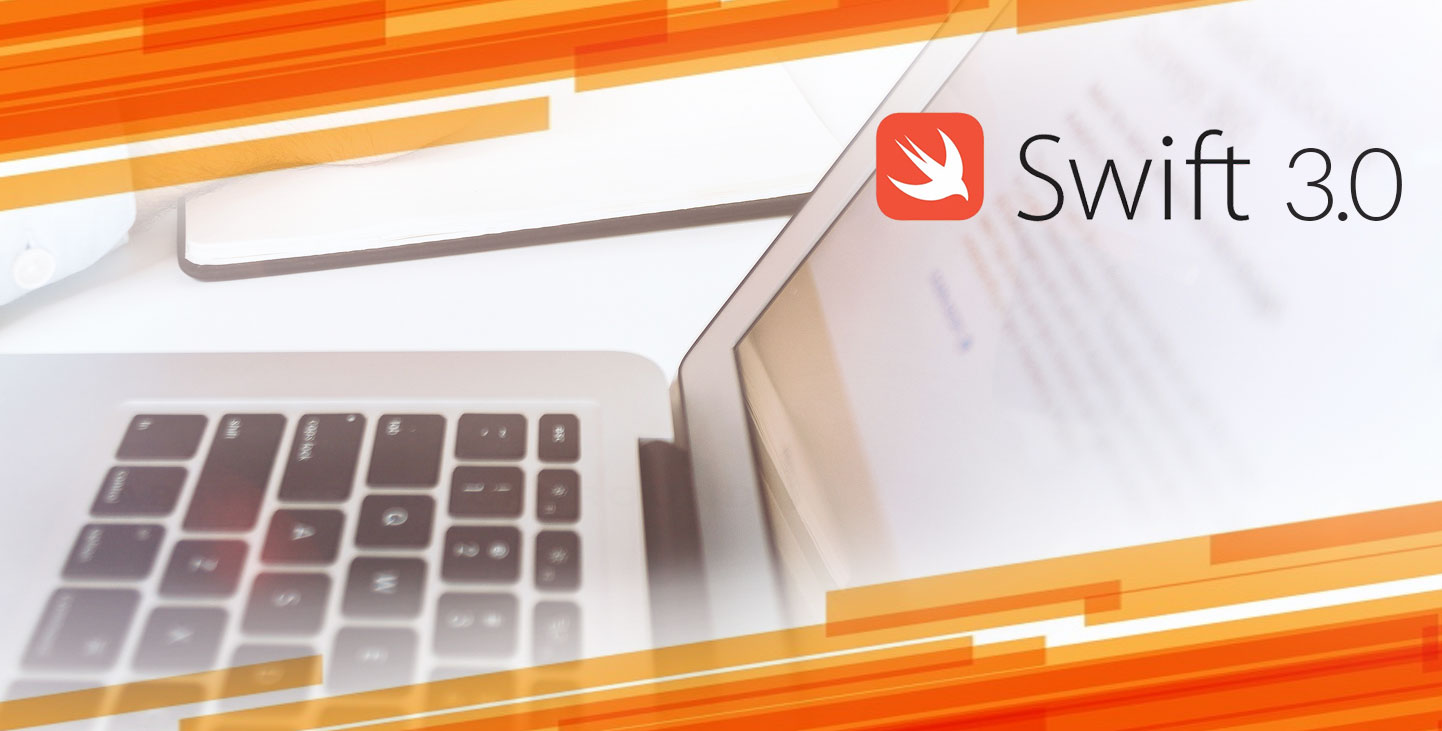
Cheers! Indeed, the eureka moment for every Swift app developer and iOS app development company is just round the corner.
Swift 3.0, expected to debut sometime later before fall of the year, is likely to have Swift Package Manager (SPM) to streamline development and distribution of cross-platform Swift packages. It will be first made available on Darwin and Linux. Linux users would be having an edge as they will also get access to Swift Core Libraries.
This tutorial is based on the iOS Swift Community Proposal and features the expectation of the community members. Continue reading Top 10 Things to Expect in Swift 3.0, be a part of the tech evolution and learn ways to speed up Swift app development services, and make them more competent as per the emerging needs of users.
A Build System for Swift Packages
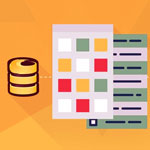
SPM facilitates a build system for Swift (swift build) from where developers can easily access Swift source files and integrated tools, like Swift compiler (swiftc) to produce built products.
SPM also induces a cohesiveness amidst features across package definitions and the Swift compiler, thereby, enabling the build system to stay on the top of the package definitions and efficiently utilize insights from the compiler.
Convention-Based Configuration

Pushing a set of conventions, SPM demands a structured approach for packages. This is a time saving technique as an iOS Swift app developer can skip the tedious process of configuring every detail of the package. SPM will pull out essential details to build the package from the layout of the directory itself:
1. Any source code files in the root directory or in a top-level Sources/ or src/ directory will be automatically included by the build system.
2. Any subdirectories of the Sources/ or src/ directory will automatically define separate modules.
3. A root directory file with name main.swift will be used to produce an executable containing the name of the package.
Swift Code as Manifest Format
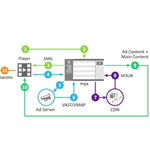
Making Swift code authoring powerful, manifest file i.e., Package.swift defines a package object in Swift code. The manifest file format is effectively structured to avoid any programming error. It is likely to come in two sections, viz., declarative section, a machine-editable, and an optional section containing additional code which can be skipped by tools. The manifest will also support additional configuration, including custom build flags apart from any dependencies.
Explicit Dependency Declaration

Dependencies of a package get declared clearly in the manifest in terms of source URL and version requirements. The source URL represents a Git repository and is accessible to the user responsible for building the package. The version requirements are linked with the tagged releases in the repository. While building a package, a Swift app developer needs to clone the sources of its dependencies from their respective repository URLs as required. The process moves on until all of the dependent packages are found.
Related Blog: Top 5 Reasons to Go with Swift 2.0 Application Development
Packages and Modules

Swift code is organized into modules and each module can be identified with a namespace. Access control has to be defined to facilitate the usage of code outside a module. Customarily, the module name of each dependency is based on its source URL. For example, a dependency with the source URL git://path/to/PlayingCard.git would be imported in code with import PlayingCard. Declaration of the dependency?s name in the manifest paves the path of a smooth and error-free Swift app development process.
System Library Access with Module Maps

Importing and using system libraries written in C in Swift code will get easier with Swift Package Manager. Interestingly, this will fuel flexibility into the Swift mobile application development services. A package.swift file is an innate part of a system module package. However, in lieu of Swift source files, a system module package holds only a module.modulemap file required to map the headers of the system library.
Semantic Versioning

Like other software releases, Swift packages are likely to come with Semantic versioning (SemVer) as: MAJOR.MINOR.PATCH (MAJOR, MINOR, and PATCH are non-negative integers). The increment in Major means a complete overhaul rendering incompatible API changes, added functionalities are reflected with the change in the number of Minor while the PATCH signifies a backwards-compatible bugfix. A Swift app developer can take a view of all the releases of a package using the git tag command with no arguments.
Build Environment Isolation

Building packages of complex nature and their deployment to different environments would no more be a brain teaser, believes our iOS Swift experts. Reasons? A perfect isolated space would be offered to every package directory. A package will interact only with its own cloned dependency sources and built products, staying immune from the rest of the system files.
Source-Based Distribution

Borrowing and adopting features from different platforms is likely to get simplified with Swift 3.0 as packages would be distributed and consumed as source code, against the conventional pre-compiled binaries. Developers are under no obligation to depend on vendors to fulfill updated dependencies. SPM is likely to have tools to help app testers or review makers to analyze API and internal integration of dependencies in a quick and easy manner.
Package Decentralization

Swift 3.0 is likely to bid farewell to a single centralized index of packages. The community advocates for keeping metadata and dependencies associated with a package in its manifest file itself. This will support source URL usage of a package externally along with other packages. With decentralization, tracking and curation of Swift packages will also become easier without diluting the flexibility aspect of Swift app development methodology.






